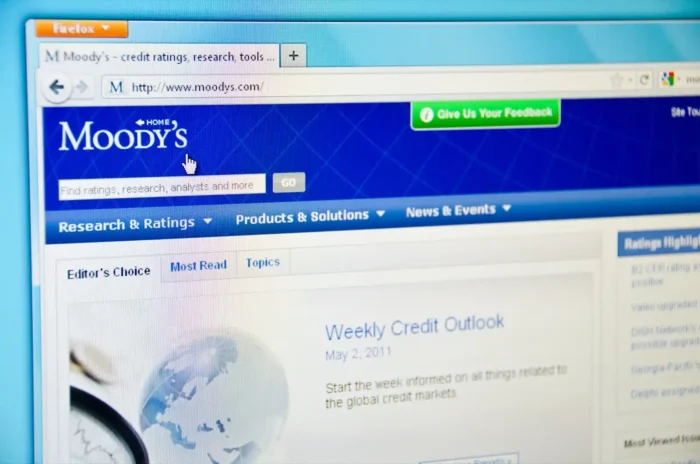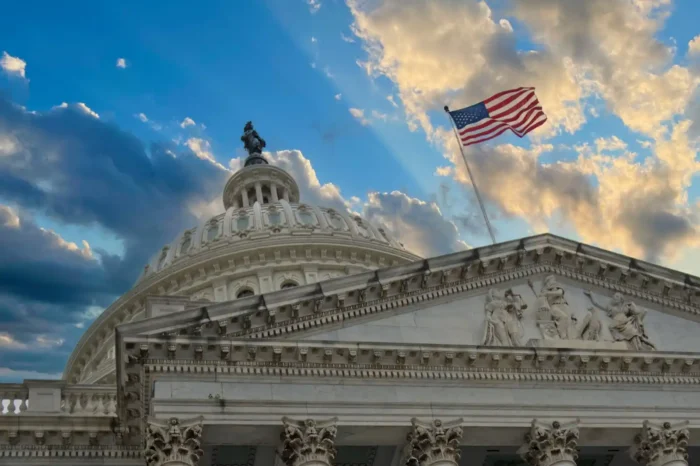The US Just Lost Its AAA Credit Rating—Here’s What That Actually Means
Published
June 4, 2025
Published
June 4, 2025

On May 16, 2025, Moody’s Investors Service downgraded the United States’ national credit rating from AAA to AA+, marking the first time in over a century that the US no longer holds a top-tier rating from any major credit agency.
That’s right, not one. Finch had downgraded the powerhouse nation to a AA+ back in 2023, citing very similar reasons to Moody’s.
For investors of our island nation—whether you’re managing a diversified portfolio or exploring commercial property investment—this might come across as more than just a headline. Could it signal shifting dynamics in global finance? I’m sure many are asking this. And while this post won’t answer the question, it’ll shed some light on the recent shock to the States’ financial credibility.
Why the Downgrade?

Moody’s cited several factors for the downgrade, none of them surprising, giving Finch had cited very similar reasons back in 2023. Here they are:
Rising national debt
As of June 2025, the US national debt has reached a record $36.2 trillion, averaging out to about $106,000 per American. That’s right, the US national debt has reached unprecedented levels, raising concerns about long-term fiscal sustainability. How is it paying for the interest? Using Treasury securities. The interest on the debt is already $684 billion this financial year.
Persistent budget deficits
The US has had chronic budget deficits and hasn’t yet come up with any effective policy measures to address them. It seems each new president simply handballs the issue to the next, after sitting with the deficit for his term and allowing the deficit to grow substantially every four years.
This year, it’s tipped the US federal budget deficit will hit about $1.9 trillion for the fiscal year. Can’t wrap your head around that many zeros? You’re not alone. Perhaps more simpler to understand is that the figure represents 6.2 per cent of the US’s GDP (Gross Domestic Product). That’s a lot higher than the 50-year average of 3.8 per cent.
Political gridlock

Lastly, the downgrade is owed to repeated standoffs over fiscal policy from the government’s opposition sides. It’s battered confidence in the government’s ability to manage its finances effectively, something one would expect the lever-pullers of the world’s largest economy would figure out.
So, while the immediate market reaction was pretty muted, anyone that’s either watched The Big Short recently or has a vivid enough memory of the 2008 GFC, might wonder what the US’s fiscal trajectory might look like, as well as its implications for global economic stability.
What This Means for Australian Investors
We’ve already covered what Trump’s election into office means for Australian investors. And in the instance of the US’s credit rating downgrade, the implications for us are just as unclear.
But the good news on our shores is that Australia continues to maintain its AAA credit rating, showing both its strong financial position and economy. If anything, the US downgrade serves as a reminder of the importance of financial discipline, whether you’re at the helm of your family’s finances or of the largest economy in the world.






